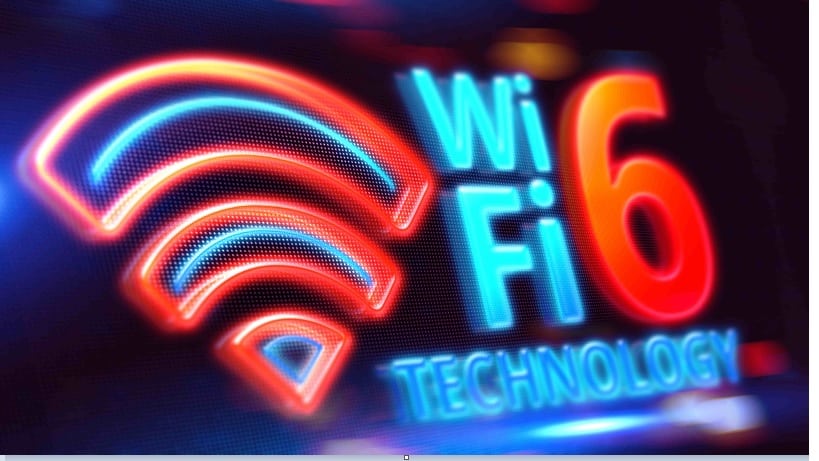
Wireless fidelity, commonly known as Wi-Fi, can be considered the present and the future of connectivity. This is because it utilizes radio frequencies to send signals between devices over a range without the need for wires. The signals are usually transmitted at a very high speed that happens almost immediately.
As technology improves, so does wireless connectivity. Better innovations are being made to ensure that signals are sent, even to the remotest parts. The improvements being made on Wi-Fi have helped improve gaming experiences, personalization of customer experience, and connectivity between businesses. While Wi-Fi’s already proving to be the go-to wireless connection mode, several emerging trends in Wi-Fi may significantly shape the future.
Wi-Fi Trends
With different industries more dependent on the internet than before, so many developments have been made in connectivity. For example, browsing speed has on the 4G network for some time now, which has significantly improved internet connection for even to the far-flung corners of the world. However, the developments haven’t stopped there as more trends are coming up.
Here are some of the trends that are going to shape the future:
1. Microwave Broadband
One of the wireless technologies used in data transmission is microwave internet, also known as microwave broadband. This technology is one of the simplest ways to send signals through the air without any particular infrastructure between the two points where data is being sent and received.
At the point of presence, the microwave radio is connected to fiber. The fiber is also connected to the internet. In turn, the microwave projects a narrow beam from the sender’s antenna to the receiver’s antenna. Other than a connection at the two points, no other infrastructure is needed. However, there should be a clear line of sight between the sender and the receiver. This makes microwave broadband an excellent option for wireless connectivity that’ll go way into the future.
2. Wi-Fi 6
Every day, the need for stronger internet connectivity and high browsing speed arises. As a result, Wi-Fi 6 has been developed to help address this issue. The Wi-Fi 6 works by dividing a large channel into subchannels which then carries data to the intended device. One unique feature about this new version of Wi-Fi is that it can help tell users about newer and faster networks.
This new version has many advantages, such as beating congestion, low battery usage, and faster connectivity. Wi-Fi 6 may have only been developed in 2019, and not so many people are using it, but it’s only a matter of time before it’s adopted globally. It’ll then go way into the future to improve businesses operations and help crowded places access a stable internet connection.
3. 5G On Wireless WAN
Companies and businesses mainly use a wide area network (WAN) to connect different offices and remote offices to data centers. Usually, this is done through cables and fiber connections such as ethernet. However, this could be expensive to install and faces other connection problems such as breakage.
On the other hand, the 5G network can help eliminate line connectivity to remote centers. When connected to WAN, it enables fast, reliable data connectivity, almost similar to the internet. So when a business starts pop-ups and small branches, they wouldn’t need to invest in internet infrastructure as fast connectivity can be projected to the remote centers.
This’ll go into the future in helping businesses expand. In addition, there’s been a rise in remote working, which means with a 5G network, workers can have fast and reliable connectivity to work remotely.
4. Open RAN
Radio access network (RAN) is a wireless connectivity concept that connects a user device, such as a mobile phone or a computer to a core network through a chip placed in both the core and the user equipment. Traditionally, the RAN system has been monopolized by few companies who supply base stations in different geographical areas to help with the network coverage.
However, with the concept of 5G aiming to increase internet connectivity, the demand for more base stations to help reduce latency and connect as many users as possible will arise. Essentially, the monopoly in RAN services will be cut through the rise of open RAN.
Open RAN involves interoperability between devices for wireless connectivity. It’s an important concept likely to be adopted by companies to help cut costs, manage data correctly, and reduce prices. This trend will go way into the future in ensuring convenient internet connectivity.
Conclusion
Wireless connectivity has been an essential part of today’s world. Moreover, these trends and others that’ll be designed with time will significantly shape the future of the internet. Wi-Fi is essential in businesses, schools, government, and so many other institutions. With the benefits that wireless connectivity offers, many resources will be pumped to ensure more milestones are achieved.
With this, it’s safe to say that the future’s well connected.
Leave a Reply
You must be logged in to post a comment.